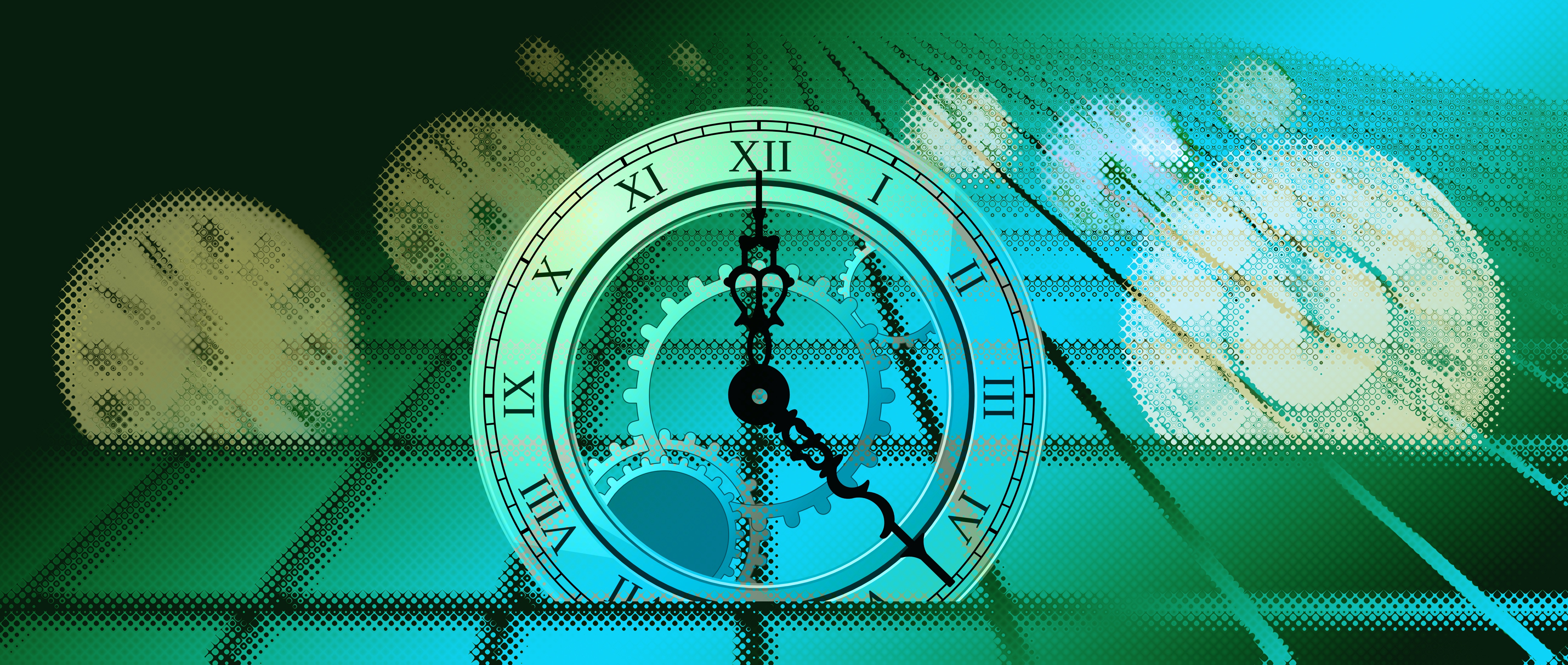Often we remember very well the chronology of events. We can tell which event occurred first and how much time passed between two events. Apparently, memories of events in the brain are linked when they occurred close together. The entorhinal cortex seems to play an important role as the medial part of the temporal lobe.Using an experiment that combines learning in virtual reality and fMRI, our new paper – now out in eLife – describes how a temporal map of memories is created in the entorhinal cortex.
To fathom this angle of memory, we had 26 volunteers learn a sequence of events by navigating a route through a virtual city. They had to remember when certain objects appeared along the route and where they were in the city. Participants encountered chests along the route, which they were instructed to open. Each chest contained a different object that was displayed on a black screen when the chest was opened.
After learning, we used fMRI to measure how these events were displayed in the brain by showing the participants images of the objects in random order. “Events that occurred in temporal proximity are represented by similar activation patterns in the entorhinal cortex”, explained Jacob Bellmund, first author of the study. “This means that when objects were shown that were temporally close along the route, this part of the brain reacted in a similar way. They were therefore more similar to each other than the activation patterns of events that occured at long intervals.” Thus, the activation patterns of the entorhinal cortex reflected a kind of map of the temporal relationships of events.
The spatial relationships of the events, that is, the distance between the objects as the crow flies, could not be observed by the scientists. A trick was used to study space and time independently: Three teleporters on the route immediately ‘beamed’ the participants to another part of the city, where participants continued navigating the route (Figure 1). “This manipulation enabled us to vary the temporal and spatial distances between pairs of objects so that the spatial distance could be large, but the temporal distance very small”, explained Bellmund.
The participants’ recall of events in a later memory test was influenced by how distinct the temporal map of events in the entorhinal cortex was. They were asked to freely remember all the objects encountered along the route in the order in which they came to mind. Participants with an exact temporal map in the entorhinal cortex recalled events one after the other that occured in temporal proximity. They listed the objects in order, as if they were mentally walking the route again.
Taken together, these findings show that the entorhinal cortex maps the time sequence of events and that this temporal map influences how we retrieve memories. These findings suggest that our brain stores our memories of experiences in a temporally organised way.
Bellmund, J. L. S., Deuker, L., & Doeller, C. F. (2019). Mapping sequence structure in the human lateral entorhinal cortex. eLife, 8:e45333. https://doi.org/10.7554/eLife.45333


